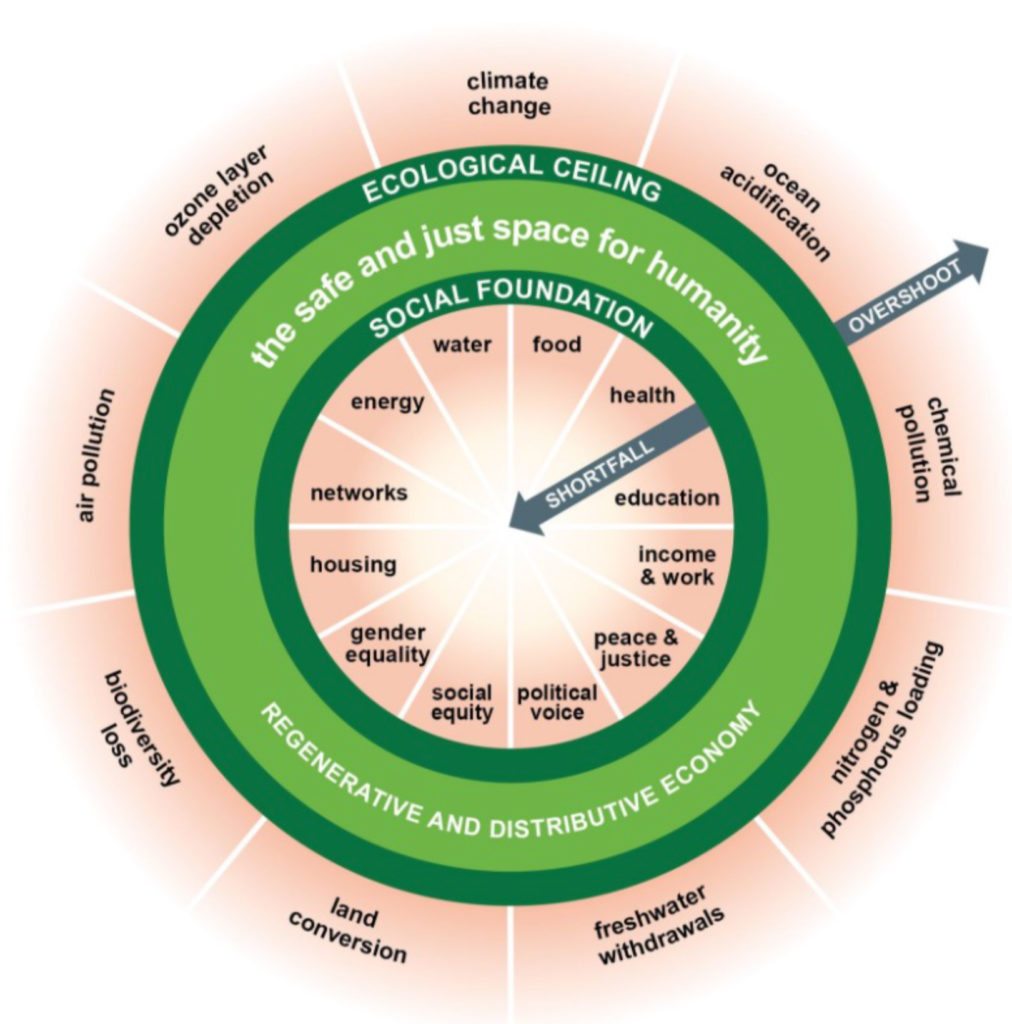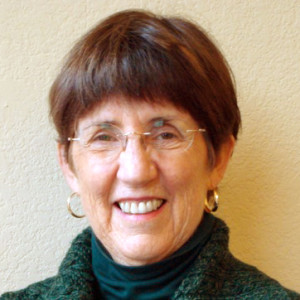 Members at the LWVBAE Program Planning meeting on February, 2018, agreed to use the Doughnut Economics approach in League educational efforts when appropriate. This concept is displayed in the above Doughnut Economics graphic.
Members at the LWVBAE Program Planning meeting on February, 2018, agreed to use the Doughnut Economics approach in League educational efforts when appropriate. This concept is displayed in the above Doughnut Economics graphic.
“DOUGHNUT ECONOMICS: 7 Ways to Think Like a 21st Century Economist” by Kate Raworth.
“What on Earth is the Doughnut?
Humanity’s 21st century challenge is to meet the needs of all within the means of the planet. In other words, to ensure that no one falls short on life’s essentials (from food and housing to healthcare and political voice), while ensuring that collectively we do not overshoot our pressure on Earth’s life-supporting systems, on which we fundamentally depend – such as a stable climate, fertile soils, and a protective ozone layer. The Doughnut of social and planetary boundaries is a playfully serious approach to frame that challenge, and it acts as a compass for human progress this century.
The Doughnut of social and planetary boundaries (2017)
The environmental ceiling consists of nine planetary boundaries, as set out by Rockstrom et al, beyond which lie unacceptable environmental degradation and potential tipping points in Earth systems. The twelve dimensions of the social foundation are derived from internationally agreed minimum social standards, as identified by the world’s governments in the Sustainable Development Goals in 2015. Between social and planetary boundaries lies an environmentally safe and socially just space in which humanity can thrive.
SEVEN WAYS TO THINK LIKE A 21ST-CENTURY ECONOMIST
How would you explain 21st century economics in just a minute? I’ve had the privilege of working with some of the world’s best stop-motion animators to bring new economic thinking to life on screen. Please feel free to show them in the classroom, in workshops, in public talks, and to share them widely on social media. And if you’d like to help translate them into as many languages as possible, join the team.
( Follow this link to view the 1 minute animations.
https://www.kateraworth.com/animations/
Below are the animation topics.)
- Change the Goal
From GDP to the Doughnut - Tell a New Story
From the neoliberal narrative to a story fit for our times - Nurture Human Nature
From rational economic man to social adaptable humans - Get Savvy with Systems
From mechanical equilibrium to dynamic complexity - Design to Distribute
From ‘growth will even it up again’ to distributive by design - Create to Regenerate
From ‘growth will clean it up again’ to regenerative by design - Be Agnostic about Growth
From growth addicted to growth agnostic
And now…It’s Time for Planetary Economics
Why it’s time to think big about the economy
Working together we can survive in the Doughnut, a safe place for humanity to live.”
–Kate Raworth
 Janice Blumenkrantz, 2018
Janice Blumenkrantz, 2018
Founding Member of the Climate Change Team, LWVBAE


